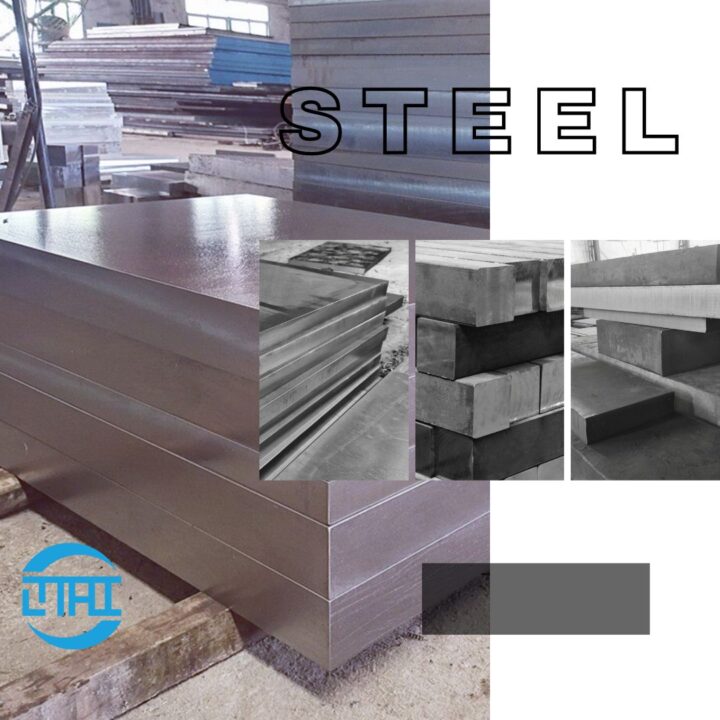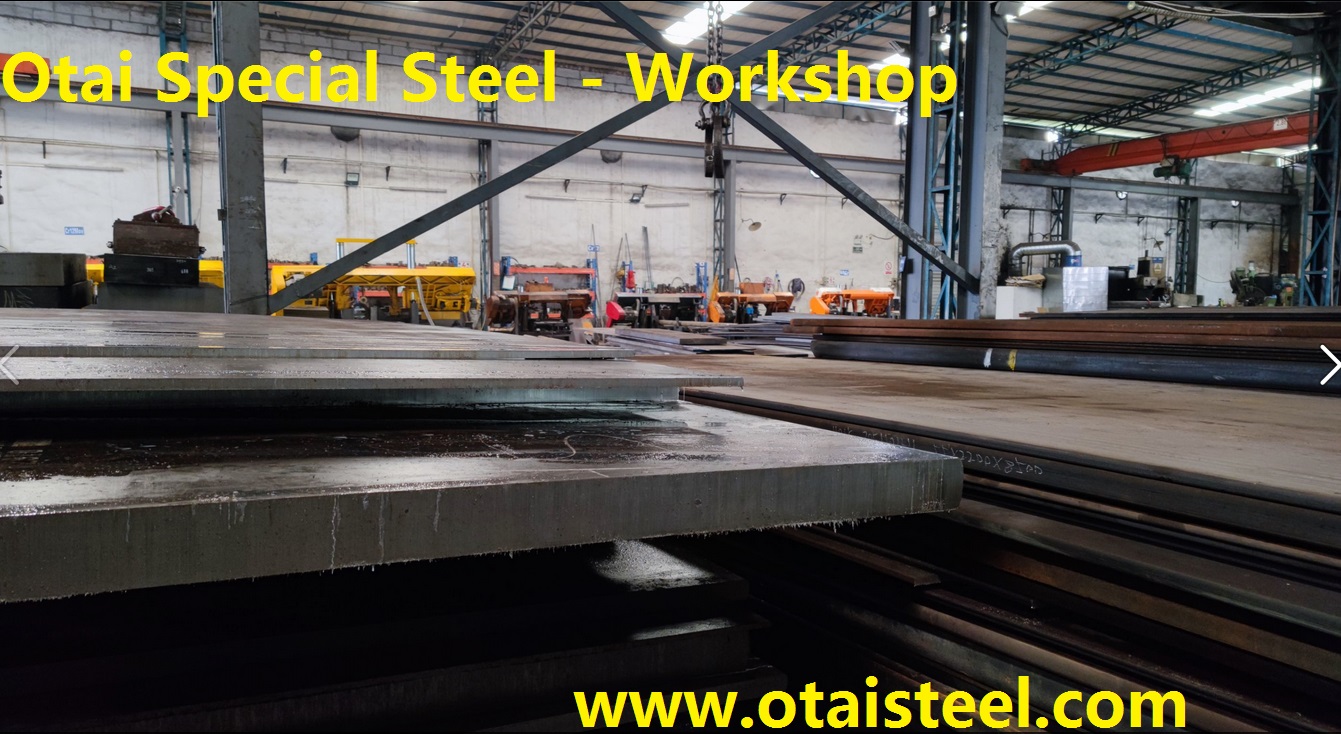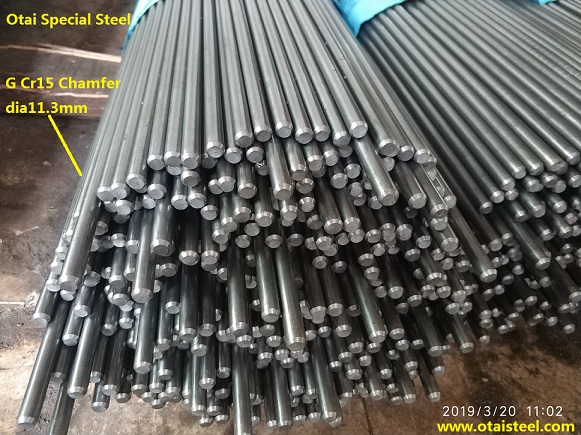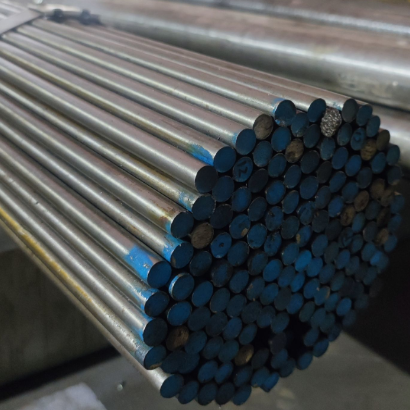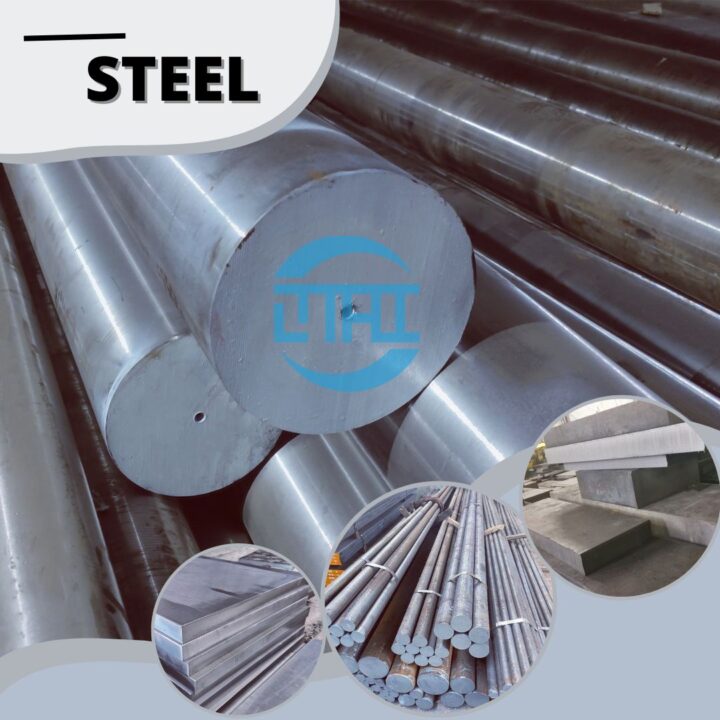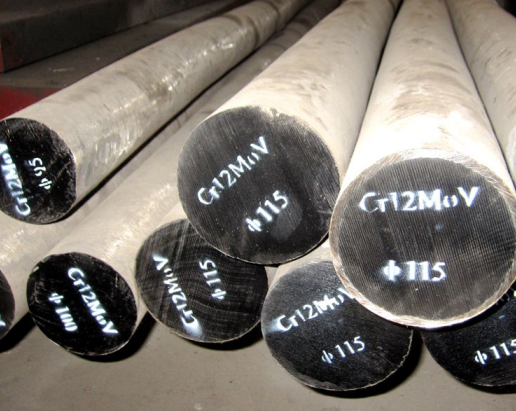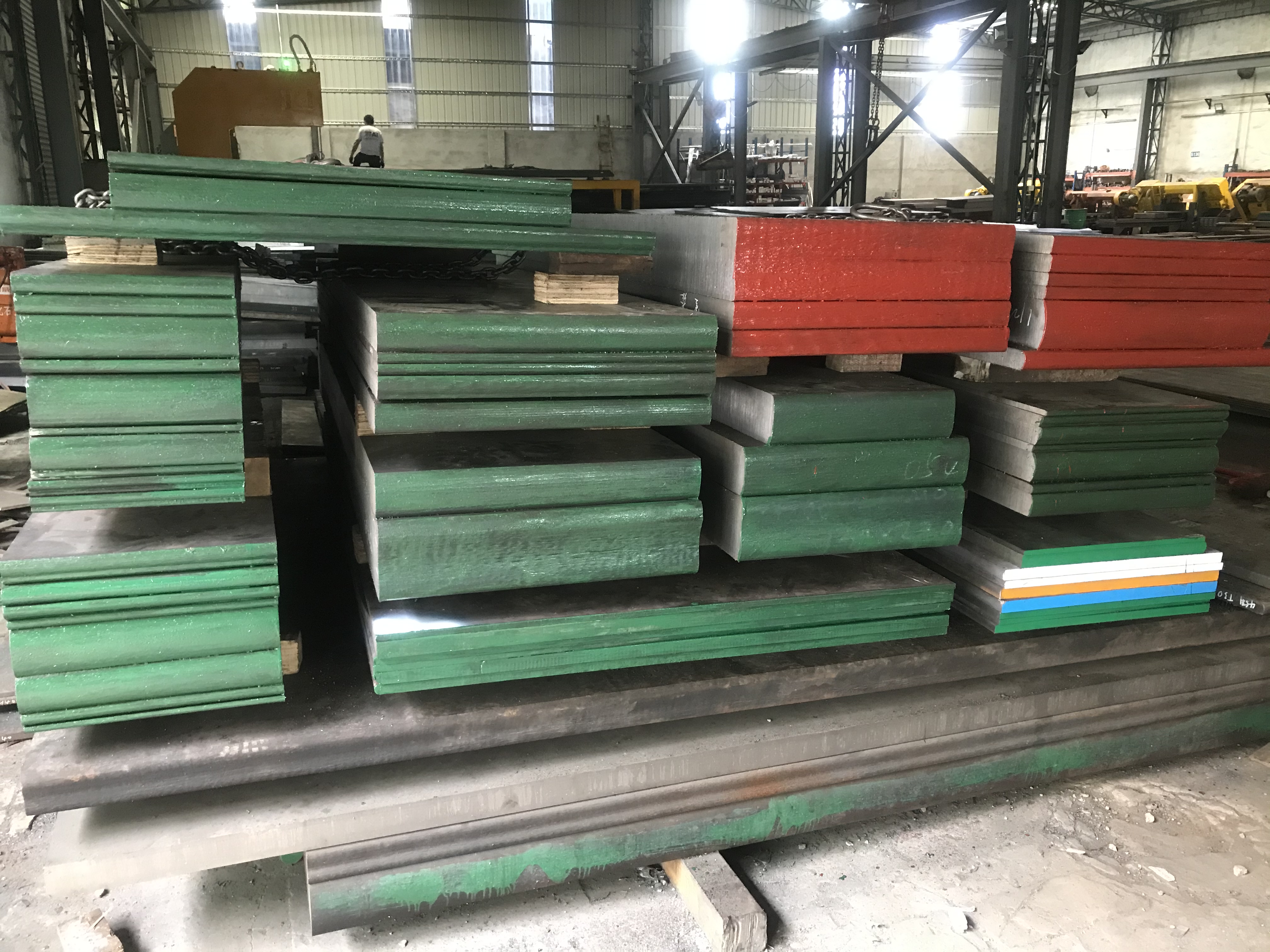4340 steel is considered weldable, but it requires specific precautions due to its hardenability and susceptibility to cracking. The high carbon content in 4340 steel can lead to the formation of hard and brittle microstructures in the heat-affected zone (HAZ) during welding. Therefore, careful consideration of welding techniques and appropriate pre- and post-welding treatments are crucial.
Pre-Welding Considerations
Before welding 4340 steel, several factors should be taken into account. First, proper cleaning of the base material is necessary to remove contaminants and ensure good weld quality. Preheating the material helps reduce thermal stress and minimize the risk of cracking. It is also essential to select the appropriate welding consumables and filler metals compatible with 4340 steel to achieve the desired mechanical properties.
Welding Techniques for 4340 Steel
Several welding techniques are commonly used for welding 4340 steel, including gas tungsten arc welding (GTAW or TIG), gas metal arc welding (GMAW or MIG), and shielded metal arc welding (SMAW or stick welding). Each technique has its advantages and limitations, and the selection depends on factors such as joint design, thickness of the material, and accessibility.
Post-Welding Heat Treatment
Post-weld heat treatment (PWHT) plays a crucial role in relieving residual stresses and improving the overall weldment’s properties. The specific PWHT process for 4340 steel depends on the desired mechanical properties and the welding technique used. Common methods include stress relieving, normalizing, and tempering, which help restore the material’s strength and toughness.
Weld Quality Control and Inspection
Ensuring weld quality and integrity is vital for the performance of welded 4340 steel components. Quality control measures such as visual inspection, non-destructive testing (NDT), and destructive testing help identify any defects or imperfections in the weldments. NDT techniques such as ultrasonic testing, magnetic particle inspection, and radiographic testing provide valuable information about the weld’s internal soundness.
Common Challenges and Troubleshooting
Welding 4340 steel can present certain challenges, including the risk of cracking, distortion, and reduced mechanical properties. Understanding the underlying causes of these challenges and implementing appropriate mitigation strategies is crucial. Factors such as improper heat input, inadequate preheating, and inadequate joint design can contribute to these issues. By following best practices and troubleshooting techniques, these challenges can be minimized.
Applications of Welded 4340 Steel
Welded 4340 steel finds wide-ranging applications in industries requiring high strength, toughness, and fatigue resistance. It is commonly used in components such as aircraft landing gear, crankshafts, drive shafts, and structural parts in the automotive, aerospace, and oil and gas sectors. Proper welding techniques and adherence to guidelines are critical to ensuring the reliability and performance of these welded components.
By following these guidelines, the weldability and performance of 4340 steel can be maximized, allowing its wide use in critical applications. (Welding of 4340 Steel)
